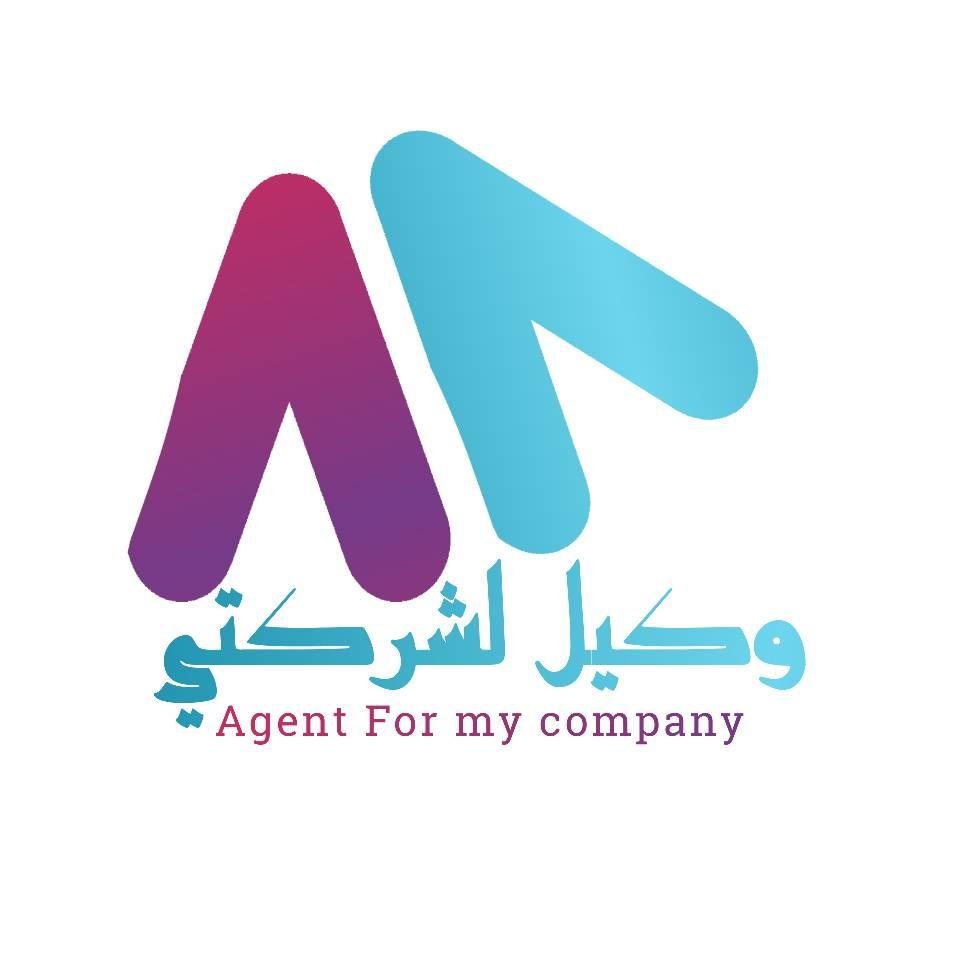About Us

Our Story
“Wakil” is a specialized Libyan website serving as a vital platform for foreign companies, businessmen, and investors wishing to enter the Libyan market. We believe that strong partnerships are key to success in any market, which is why we act as a reliable bridge connecting international companies with qualified local commercial agents.
“Wakil” focuses on providing integrated and effective logistics solutions, aiming to create a transparent and supportive environment to ensure the success of commercial partnerships. We are committed to alleviating the challenges that foreign companies may face in Libya, and we strive to provide the necessary support every step of the way.
Wide Network of Agents
Integrated Logistics Solutions
Specialized Advisory Support
We are driven by values
Integrity: This is often at the top of the list. Integrity means acting with honesty, transparency, and high ethical standards. It’s about doing the right thing, even when no one is watching, and being accountable for your actions.
Customer Focus: This value emphasizes putting the customer’s needs first. It means striving to understand their challenges, provide exceptional service, and build long-term relationships based on trust and mutual benefit.
Innovation: Companies that value innovation encourage creativity, continuous improvement, and a willingness to take calculated risks. They see change as an opportunity and seek new ways to solve problems and improve processes.
Collaboration: This value promotes teamwork, open communication, and the sharing of knowledge. It’s about working together across departments and roles to achieve shared goals and recognizing that the collective is stronger than the individual.
Accountability: Taking responsibility for one’s actions and outcomes is key to this value. It means following through on commitments, learning from mistakes, and holding oneself and others responsible for performance.


Results Oriented Growth
Focus on Outcomes, Not Just Activities: This is the core of the concept. For example, a company might shift its focus from “making 100 sales calls a day” (an activity) to “increasing our quarterly sales revenue by 15%” (a result).
Measurable Goals: Goals are defined using clear, quantifiable metrics, often in line with the SMART framework (Specific, Measurable, Achievable, Relevant, and Time-bound). This allows for easy tracking of progress and a clear understanding of whether a goal has been met.
Accountability and Ownership: In a results-oriented culture, employees and teams take responsibility for their contributions to the overall goals. This fosters a sense of ownership and encourages everyone to think critically about how their work impacts the company’s success.
Continuous Improvement: The strategy involves a feedback loop where results are continuously measured, analyzed, and used to adapt and improve strategies. This ensures that the company is always learning and optimizing its efforts.

Client Collaboration
Builds Trust and Stronger Relationships: When clients feel they are part of the process and have a say in the decisions, it fosters a sense of trust and partnership. This leads to more loyal clients and a higher likelihood of long-term relationships.
Improves Project Outcomes: By working together, you can better understand the client’s needs, identify potential issues early on, and make more informed decisions. This reduces the risk of errors, misunderstandings, and missed deadlines.
Increases Efficiency and Productivity: A collaborative approach streamlines workflows and reduces the need for endless email threads and back-and-forth communication. Tools that centralize communication and file sharing save time and keep everyone on the same page.
Enhances Customer Satisfaction: Clients who are actively involved and feel heard are generally more satisfied with the final product or service. This can lead to positive reviews, testimonials, and referrals, which are crucial for business growth.

Data-Driven Creativity
Real-Time Optimization: Data-driven creativity is an ongoing process. Once a campaign is live, performance is monitored in real-time. If a certain ad isn’t performing well, it can be adjusted, or a new creative can be launched, without having to wait for the entire campaign to finish.
Data Collection and Analysis: This is the foundation. It involves gathering a wide range of data, from quantitative metrics like website traffic, engagement rates, and conversion numbers to qualitative insights from customer surveys, social media listening, and user feedback.
Uncovering Insights: The goal isn’t just to have a lot of data; it’s to find the meaningful patterns and stories within it. For example, data might reveal that a particular audience segment responds better to a specific color palette, a certain tone of voice, or a call-to-action placed in a particular location.
Informing the Creative Brief: These insights are then used to shape the creative brief. Instead of a vague instruction like “make a fun ad,” the brief might now be “create a series of short, humorous videos featuring user-generated content, targeting a Gen Z audience on TikTok, with a clear call-to-action at the 5-second mark.”
Creating and Testing: The creative team uses the data-informed brief as a launchpad for innovation. They create different versions of the content and, through methods like A/B testing, determine which version performs best with the target audience.
The team behind
Why “The Team Behind” Matters
Aids in Recruitment: For potential new hires, the “team” page is often one of the first places they look. It gives them a feel for the company’s values, leadership, and the people they might work with.
Humanizes the Brand: In an increasingly digital world, people want to connect with other people, not just faceless corporations. Showcasing the team behind the product or service makes the company feel more real, relatable, and trustworthy.
Builds Trust and Credibility: Highlighting the experience, expertise, and passion of the team members demonstrates that the company is run by knowledgeable professionals. This is especially important for businesses in high-stakes or technical industries.
Fosters a Sense of Community: For customers and potential employees, a great “team” page shows the company’s culture. It can highlight diversity, collaboration, and a shared passion, making people want to be a part of that community.
Provides Social Proof: A strong team page acts as a form of social proof, demonstrating that the company has attracted and retained talented individuals. This can be a key factor in a customer’s decision-making process.

John Marshall
Strategy

Maria Williams
Marketing

Mark Spencer
Copywriting

Helen Castillo
Public Relations
Join our team!
Feeling inspired? Join the team
Writing job descriptions, Brainstorming content ,and call us